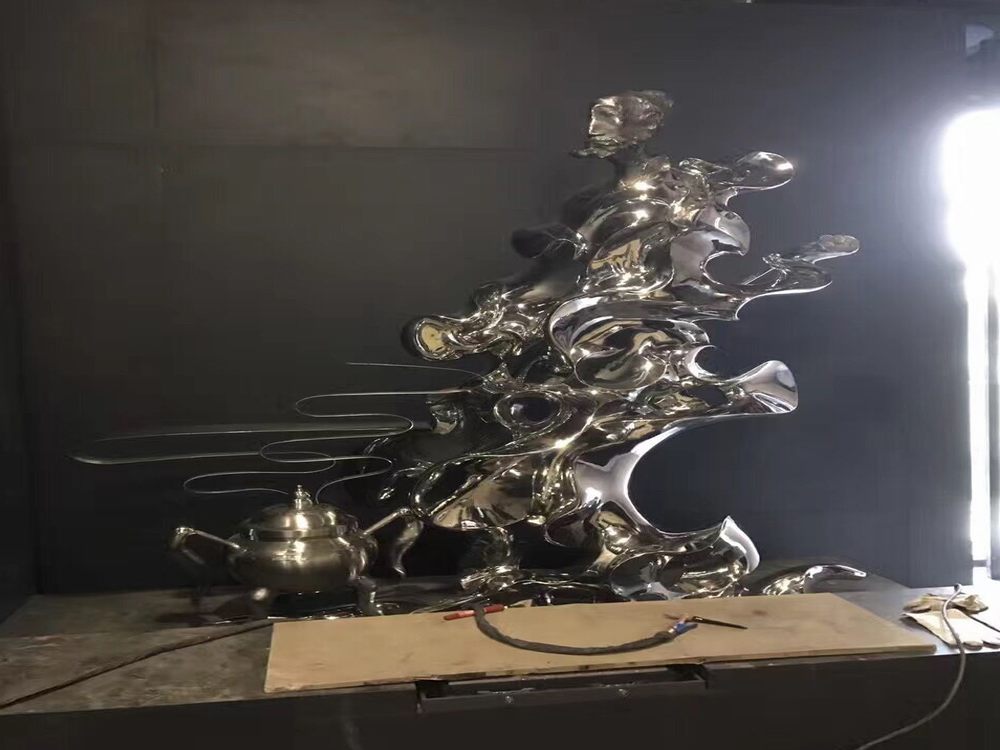
The illusion of floating elements in grounded metal sculptures captivates viewers, blending artistry with engineering. Sculptors employ several techniques to create this mesmerizing effect.
1. Cantilevering: By extending metal elements outward from a solid base without visible support, artists create a gravity-defying appearance. Precise weight distribution ensures stability while maintaining visual lightness.
2. Hidden Supports: Thin rods or transparent materials like acrylic are strategically placed to anchor floating components, remaining nearly invisible to the naked eye.
3. Negative Space: Clever use of gaps and open frameworks tricks the eye into perceiving separation between elements, enhancing the floating effect.
4. Dynamic Composition: Asymmetric designs with carefully calculated centers of balance make static metal appear weightless and dynamic.
5. Material Selection: Lightweight metals like aluminum or hollow forged steel reduce bulk while maintaining structural integrity.
These techniques transform rigid metal into seemingly weightless forms, demonstrating how sculptural mastery transcends physical limitations. The interplay of perception and physics continues to push boundaries in contemporary metal art.

